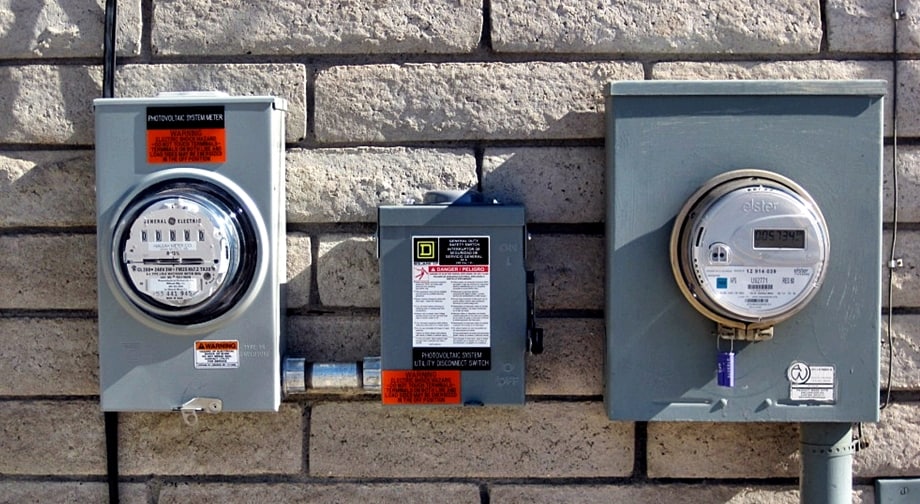Net Metering Is Vital To American Consumers
Monday, Nov 11 2013

Net Energy Metering is one of the most important policies Americans can use to access clean solar energy.
Across the 43 states where net metering has been adopted, and in Washington, D.C., net metering has increased the demand for solar, creating local, clean-energy jobs and bolstering our national economy.
Yet in some markets, opponents are pushing to decrease the value of the electricity consumers generate. This week, the Arizona Corporation Commission is expected to hear a request from Arizona Public Service, the state’s largest power utility, to reduce compensation for the energy Arizonians produce on their rooftops, and all eyes are on that sunny state.
Distributed generation offers concrete benefits to all ratepayers. For the utilities, distributed generation reduces investments in transmission and distribution infrastructure – delaying or eliminating the need to build new, expensive and often polluting power plants. On-site generation also reduces the amount of electricity that is lost in transmission and decreases wear and tear on the grid.
Solar provides electricity during the day, when consumption is usually at its peak, creating a smoother demand curve for electricity.
Solar is growing faster than ever, as more and more Americans demand clean energy and exercise their right to energy independence. Net metering gives consumers – businesses and residents alike – control over their electricity bills, providing predictably priced electricity for 20 to 30 years, but net metering is in jeopardy in some places.
To discuss what’s happening in Arizona and around the country, Greentech Media has invited me to take part in a panel discussion, “The Future of Net Energy Metering and Rate Design,” on December 10 at the annual Solar Market Insight Conference.
This event is tied to the Solar Market Insight report, a quarterly production of GTM Research and the Solar Energy Industries Association. We will discuss net metering across the U.S. and try to answer such vital questions as: How should we appropriately value solar generation? Will net energy metering always be the dominant paradigm in the U.S.? And to what extent will electricity rate structures determine the competitiveness of solar?
I hope you can join us for this important conversation.
Using clean solar energy decreases the amount of dangerous air pollution compared to conventional power production, which helps everyone live safer, healthier lives. To learn more about the Solar Market Insight Conference, click here.
Carrie Cullen Hitt, SEIA Senior Vice President of State Affairs